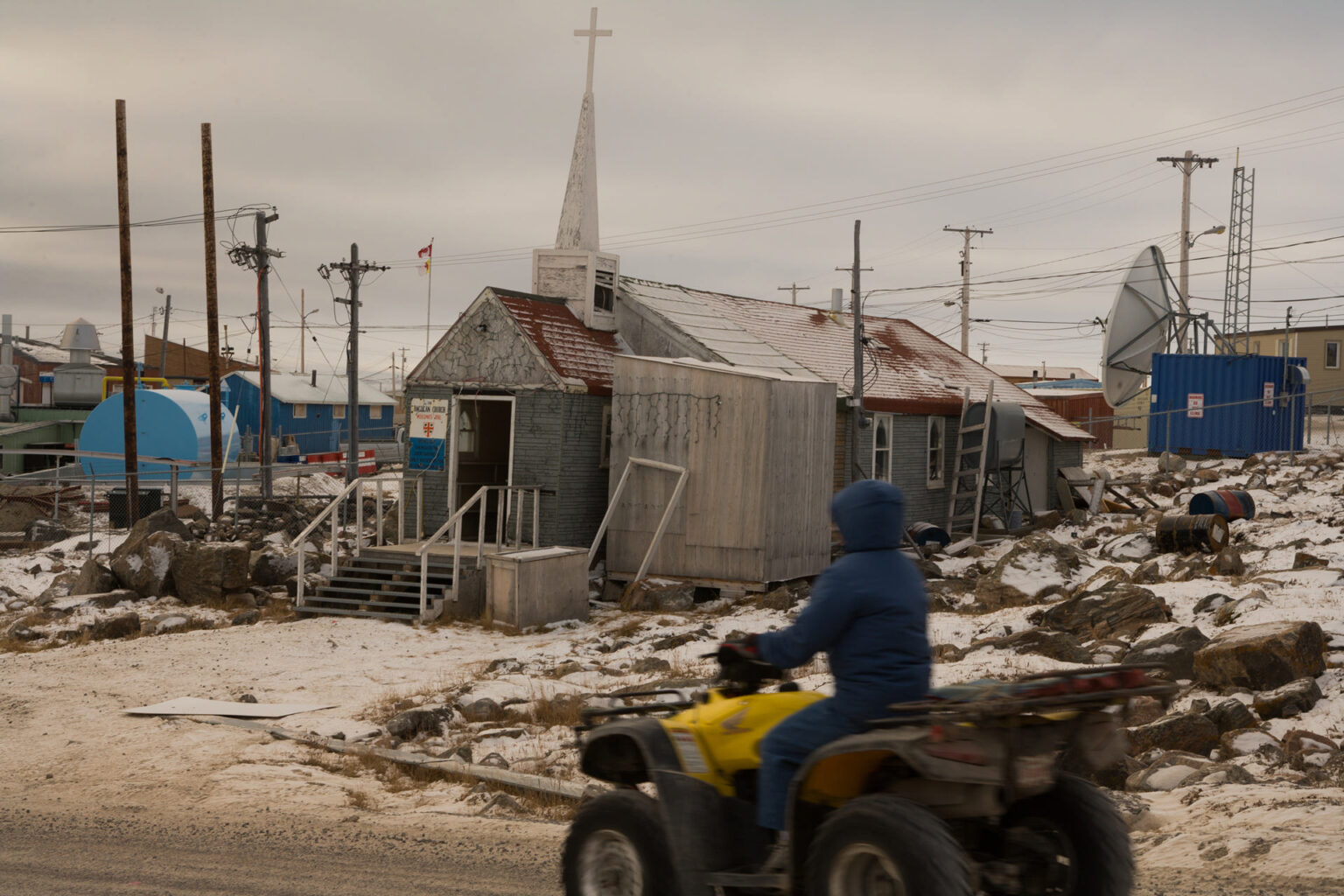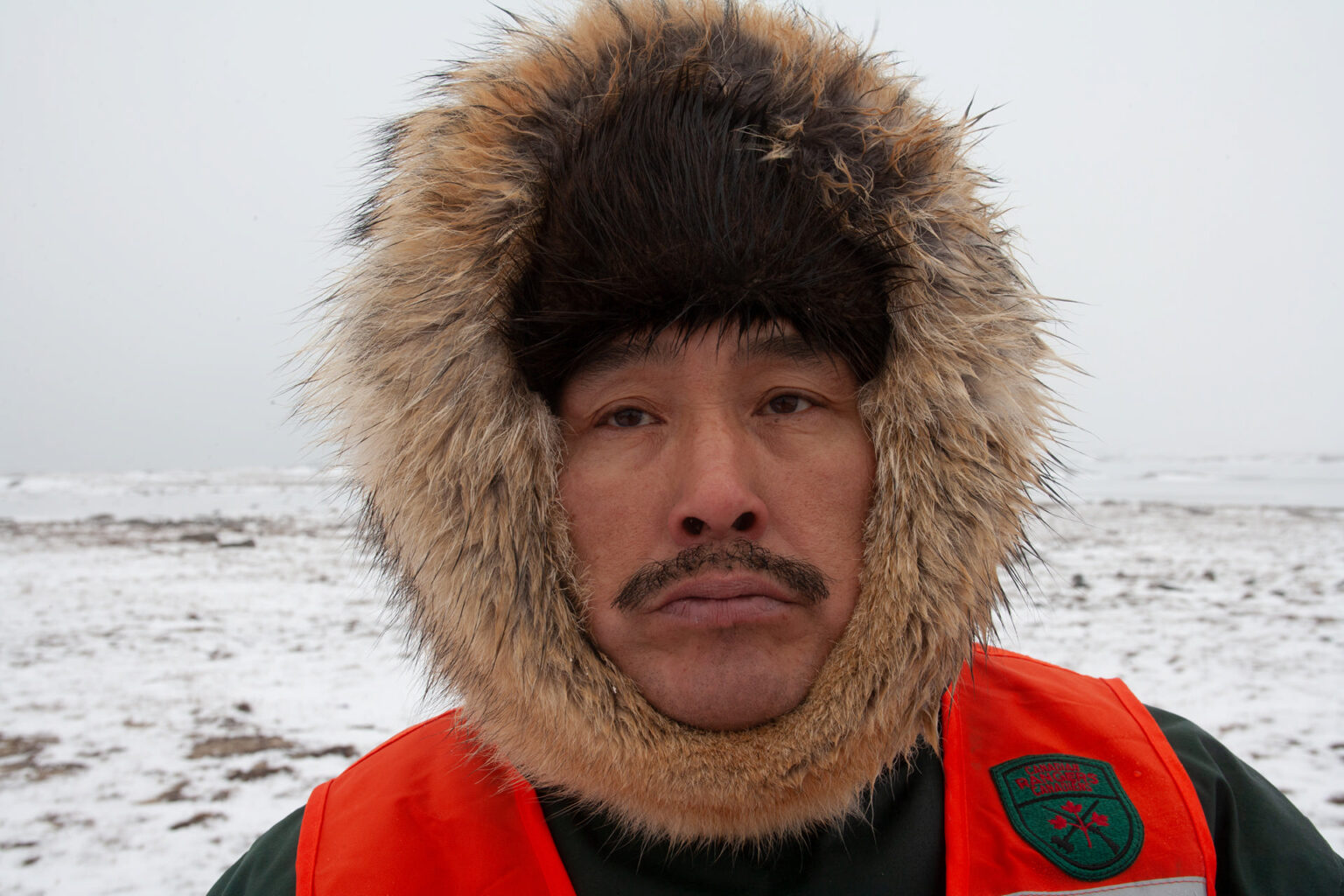In September 2008 Alan Gignoux travelled to Tayoloak, an Inuit settlement in Nunavut (an Inuit territory with regional autonomy), to accompany Canadian Rangers on a training patrol. Situated on the Northwest Passage Tayoloak is becoming increasingly important as a potential strategic base for the protection of Canadian sovereignty.
The Canadian Rangers are part-time reservists, taken mainly from the indigenous Inuit population, who provide a military presence in remote, isolated and coastal communities of Northern Canada. Acting as the “eyes and ears in the north,” they are a vital component of the Canadian Forces in supporting Canadian sovereignty in the Arctic region.
Rangers’ responsibilities include reporting unusual activities or sightings, collecting data of significance to the Canadian Forces and conducting surveillance or sovereignty patrols.
Alan’s photo-essay is a record of the Tayoloak Rangers’ patrol, where he observed an exchange of skills and a merging of cultures, with the Canadian Forces training the Rangers in weapons use and contemporary survival techniques and the Inuit volunteers using the opportunity to return to ways of living unavailable to them in settlement life, such as fishing in the ice and hunting. In the words of Captain Stephens of the Canadian Forces: “It’s a give and take situation with us and the Rangers. I learn from them and they learn from me. We learn from each other.”
The Inuit Rangers were quick to point out the advantages of the programme: status within the community, an income and perks in a society where unemployment is very high and a positive activity offering real responsibility in a region beset with social problems.
The Rangers programme does not provide redress for the grievances felt by the Inuit for Canadian government policy in the past, nevertheless, it is an example of cultural integration that takes advantage of a respectful exchange of knowledge and experience and offers mutual benefits.
PORTFOLIO













Share this...